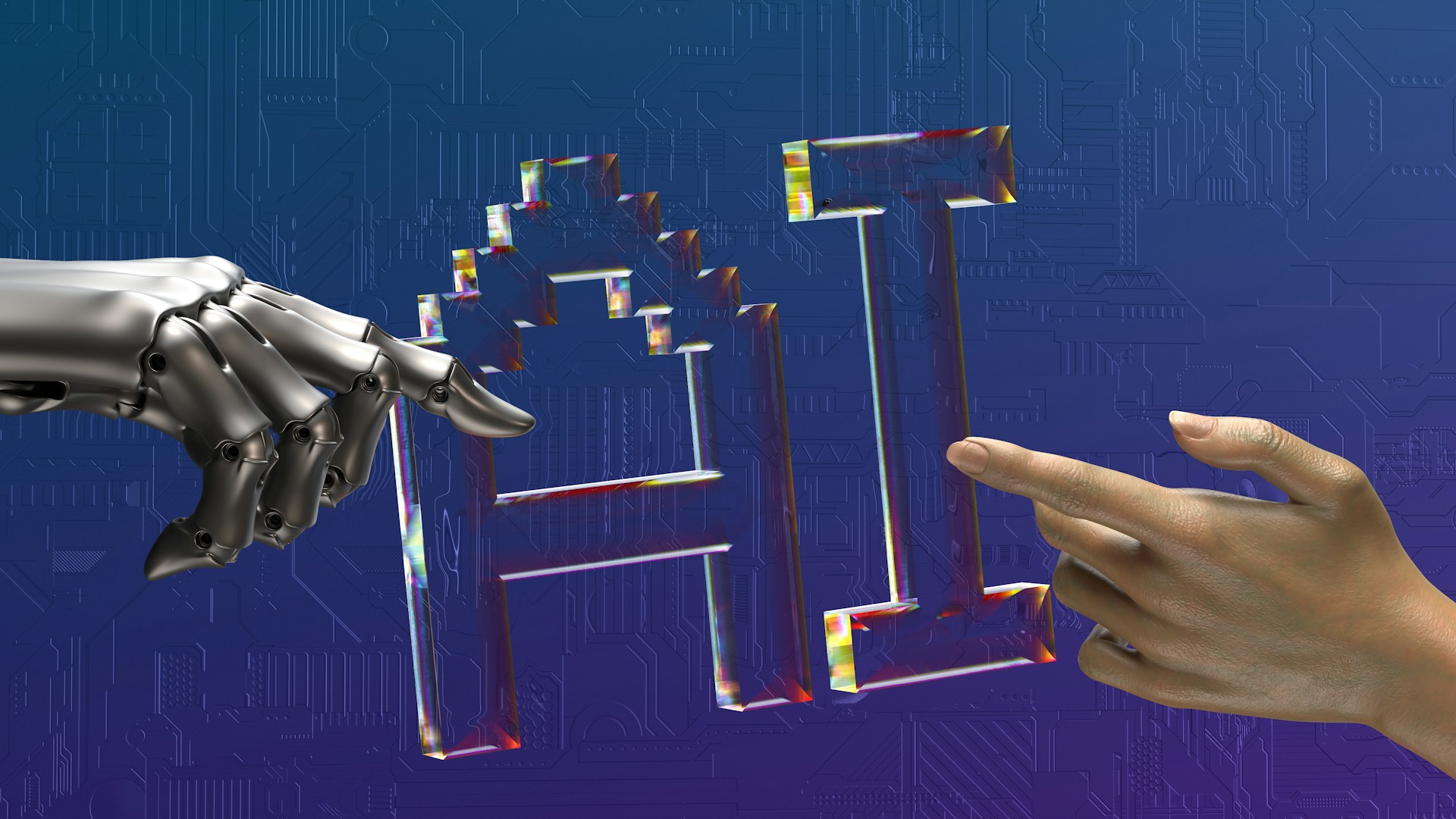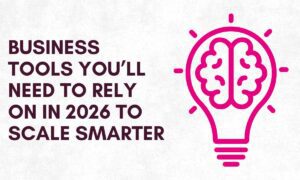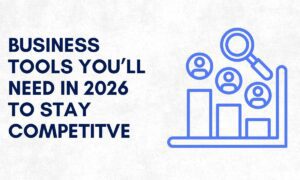Introduction
Let’s face it—math can be a challenge for many kids. Whether it’s multiplication tables, tricky fractions, or word problems that seem to require a decoder ring, children often need extra support. But let’s be honest—not every parent has the time or math skills to jump in and help. That’s where AI-powered tools for math help and correction come to the rescue. These smart systems offer personalized, real-time support that helps kids build confidence and enjoy learning math.
What is AI Automation in Math Support?
The role of correction and repetition in learning
Mastering math takes more than just learning concepts—it requires practice, correction, and repetition. Kids need to make mistakes, learn from them, and try again. AI helps by automating this feedback loop, offering corrections and guidance at every step.
How AI fits into personalized education
AI isn’t just about automation—it’s about personalization. These tools analyze how your child learns, identify gaps, and adjust the difficulty level and pace accordingly. It’s like having a tutor who knows your child inside out.
Benefits of AI-Powered Math Tools
Real-time feedback and error correction
Instead of waiting for a teacher or parent to mark their work, kids get instant feedback. AI pinpoints mistakes and explains them in a way that’s easy to understand.
Personalized learning paths
One-size-fits-all doesn’t work in education. AI tools tailor lessons to each child’s needs, reinforcing weak areas and moving faster through strengths.
Encouraging independent learning
AI tools guide children without needing constant supervision. They build confidence and allow kids to explore concepts on their own.
Top AI Tools for Math Help
AI math tutors (e.g., Photomath, Khanmigo)
Photomath lets kids scan problems and see step-by-step solutions. Khanmigo, Khan Academy’s AI tutor, offers explanations in a friendly, conversational style.
Gamified learning apps
Apps like Prodigy and DragonBox make math feel like a video game. Kids complete math challenges to unlock powers, characters, and new levels.
Adaptive learning platforms
DreamBox Learning and similar platforms adjust in real time based on the child’s input. The result? A smart, evolving curriculum that keeps learners engaged.
How AI Detects and Corrects Mistakes
Pattern recognition and machine learning
AI identifies patterns in your child’s mistakes. For example, if they keep adding instead of subtracting, the system will spot the trend and offer targeted practice.
Natural language processing in word problems
Word problems are tough, but AI tools that use natural language processing (NLP) can break them down and help kids focus on the key parts.
Instant corrections with explanations
AI not only marks answers right or wrong—it teaches. It explains why an answer is incorrect and how to fix it, helping kids learn from every attempt.
Enhancing Engagement with AI
Interactive interfaces
Bright colors, animations, and responsive designs make learning feel less like school and more like play.
Voice assistants for math help
Kids can ask smart assistants like Google or Alexa math questions and get quick, simple explanations.
Progress tracking and gamification
Kids earn badges, unlock rewards, and level up as they improve. It’s learning disguised as fun.
Addressing the Challenges
Over-reliance on automation
AI is a tool, not a replacement for real-life learning. Parents and teachers still need to guide, encourage, and keep things in balance.
Ensuring age-appropriate content
Not every AI app is designed for kids. Always choose tools that align with your child’s age, curriculum, and skill level.
Privacy concerns with AI apps
Read privacy policies carefully. Use apps that comply with child data protection laws like COPPA and don’t sell data to third parties.
Success Stories and Real-World Use Cases
Improved test scores
Schools using AI-based platforms often see improved test scores and stronger understanding in math subjects.
Case studies from schools using AI
Schools adopting tools like Squirrel AI or Carnegie Learning report higher student engagement and better outcomes.
Parent testimonials
Parents rave about fewer homework battles, happier learning sessions, and even a renewed love for math.
Integrating AI Tools into Daily Learning
Setting up a routine
Schedule consistent AI practice—15 to 30 minutes a day is a good start.
Mixing AI with traditional methods
Combine AI with hands-on practice like flashcards, worksheets, or puzzles for the best results.
Monitoring screen time
Balance is key. Use parental controls and screen time monitors to keep usage healthy.
Tips for Parents and Educators
Choosing the right app
Look for features like curriculum alignment, positive reviews, real-time feedback, and data privacy.
Creating a supportive environment
Encourage your child, praise effort, and create a distraction-free learning space.
Making learning fun, not stressful
Use games, challenges, and rewards to keep motivation high and anxiety low.
The Future of AI in Math Education
Predictive learning analytics
Soon, AI will not only correct mistakes—it will predict when a child is likely to struggle and proactively step in.
More human-like AI tutors
With advancements in conversational AI, tutors will become more relatable, empathetic, and supportive.
Cross-subject integration
Expect tools that blend math with science, reading, or even coding, giving a fuller, more connected learning experience.
Common Myths About AI in Education
“AI will replace teachers.”
No way. AI supports teachers by handling routine tasks so they can focus on creativity and connection.
“AI makes kids lazy.”
AI can spark curiosity and deeper thinking by offering new ways to solve problems.
“AI learning isn’t real learning.”
AI learning is real—it’s just smarter and more interactive than traditional worksheets.
Creating a Balanced Approach
Human guidance with AI support
Think of AI as a co-pilot. It helps guide the journey, but humans remain in control.
Encouraging curiosity, not just correctness
Help your child ask why, explore concepts, and enjoy the discovery process—not just aim for the right answer.
Final Thoughts
AI automations are revolutionizing how children get math help. They offer personalized feedback, boost engagement, and take the pressure off parents and teachers. With the right tools and balance, your child can go from dreading math to crushing it with confidence.
FAQs
1. What age is appropriate for AI math tools?
Most are suitable for ages 5 and up. Always check the app’s guidelines and adjust for your child’s level.
2. Are AI math apps safe for kids?
Yes, especially those that follow COPPA regulations. Just be sure to monitor permissions and settings.
3. Can AI replace traditional tutoring?
Not fully. AI is an excellent supplement, but human interaction is still essential for deeper understanding and motivation.
4. How much time should kids spend with AI tools?
About 15–30 minutes a day is a healthy range. More than that? Mix it with physical activities and other learning styles.
5. Do AI math tools work for all learning styles?
Yes! Many apps offer visual, auditory, and hands-on elements to suit different types of learners



































